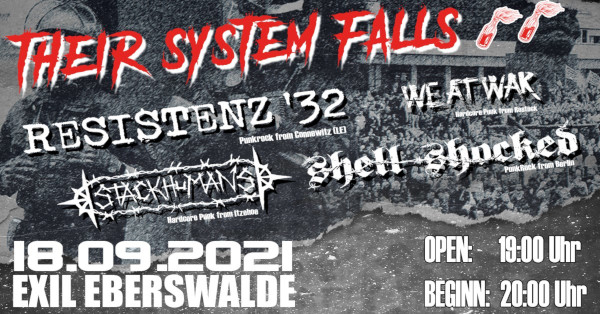

Finally in The Thousand Eyes of Dr Mabuse (1960) it is through the array of television screens, video monitors and other surveillance devices that Lang presses home the notion of a looking-glass world in which sight is not only the sense most easily deceived, but also the one most easily seduced." The social dimension emerges in The Testament of Dr Mabuse: at the very beginning of the sound-film period Lang singles out the human voice via loudspeaker and gramophone to demonstrate how readily it lends itself to the manipulation of presence (a dummy Mabuse, wired up to perform sinister deeds of simulated authority, issues commands and bellows instructions, intimidating his gang into believing him to be the more powerful for being heard but not seen).

The first Dr Mabuse makes the homology between Mabuse as metteur-en-scène of vision and the cinematic spectacle (at one point the audience witnesses a film-within-the-film which shows a desert caravan riding right through the auditorium). In this respect Lang's Mabuse films are indeed essays on the social symbolic represented by the new technologies of surveillance as dissembling machines at once fascinating and frightening.

deal with the central power of vision and diffusion, defined by the three major phases of the development of cinema: the cinema as such (silent cinema), sound cinema, and cinema confronting video and television." (CinémAction 47, 1988)
#Cops opening der offene aufmarsch series#
the "ultimate metaphor" because it can speak about the cinema as a locus of power and thus, through the cinema, warn about cinema? It is an idea which, as Bellour has also observed, joins the three Mabuse films: "The Mabuse series is, within classical cinema, the most important reflection on the cinema ever produced by a director (to the point that, with their 40-year span, the films could be said to mark the beginning and end of the classical period). Mabuse), although his performance is limited to a handful of brief scenes and some chilling double-exposure shots in which his spirit steps out of his body to do its evil work. Rudolf Klein-Rogge is sufficiently creepy in the part of Mabuse (he also played the Mabuse role in Lang's silent Dr. Performances are very good across the board, but Otto Wernicke really steals the show as Detective Lohmann, a character Wernicke also played in Lang's 1931 classic M. The exciting car chase featured in the film's climax - led by the evil doctor in his Mercedes - was one of the first of its kind. In another memorable scene, a doctor who has connected Mabuse to the crimes is gunned down in heavy traffic when the killers use their horns to provide a noisy cover.

Marked by Lang's brilliant camerawork, the film connects the dots with a number of excellent scenes that culminate in one incredible sequence that jumps back and forth between two thrilling escapes: a couple trapped in a room with a ticking time bomb and the criminals stuck in another building with cops outside the door. Mabuse, a second about a guilt-stricken member of Mabuse's gang who has fallen in love, and a third about a determined detective who is stumped by the strange case. Lensed simultaneously in French and German, Testament details a three-pronged story: one about a crime ring run from behind a curtain by the evil Dr.
#Cops opening der offene aufmarsch full#
Mixing several genres including cop drama, mystery, and horror, Lang created a rare hybrid picture full of striking characters and images. Mabuse was Fritz Lang's second sound film and a sequel to his enormously successful 1922 silent.


 0 kommentar(er)
0 kommentar(er)
